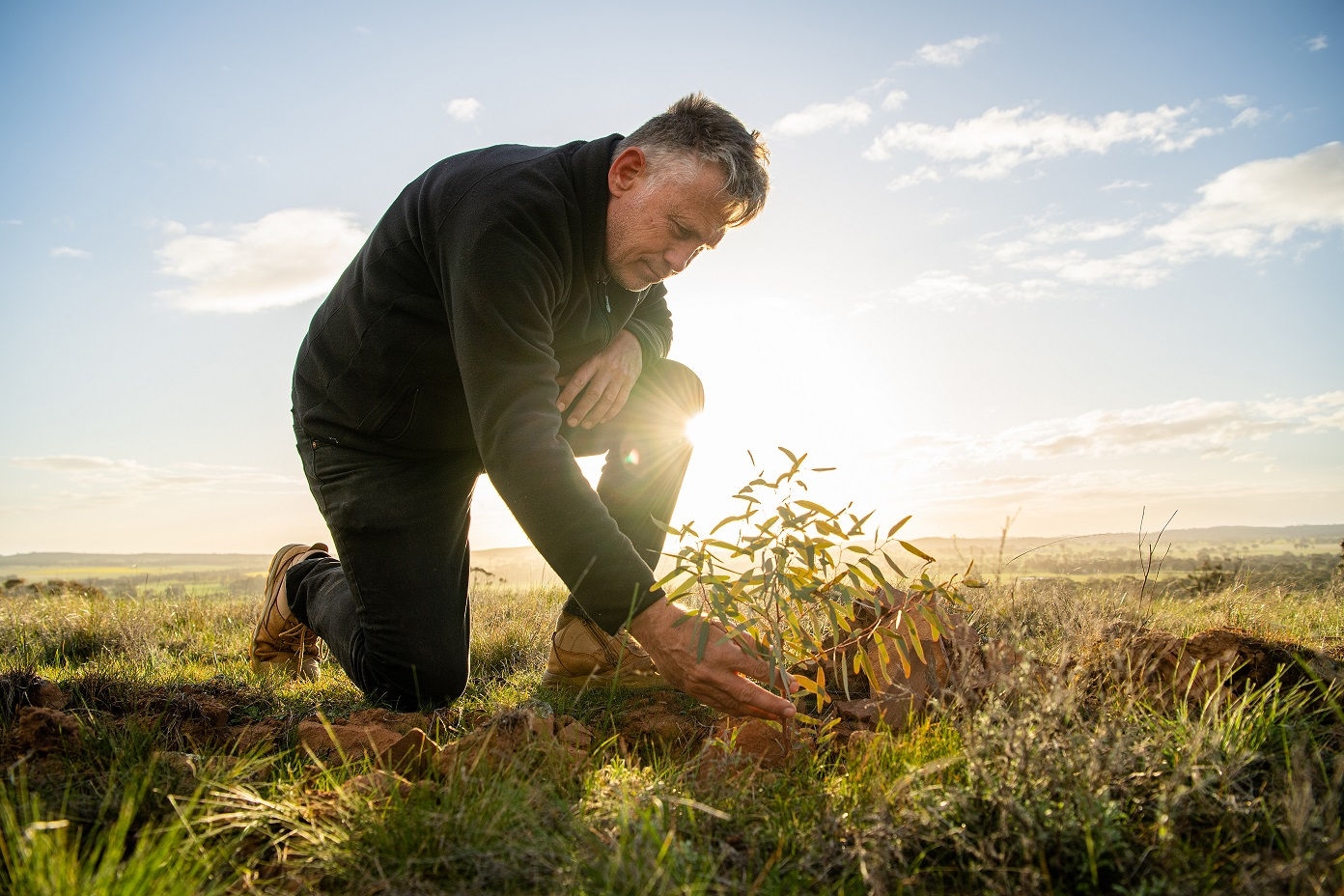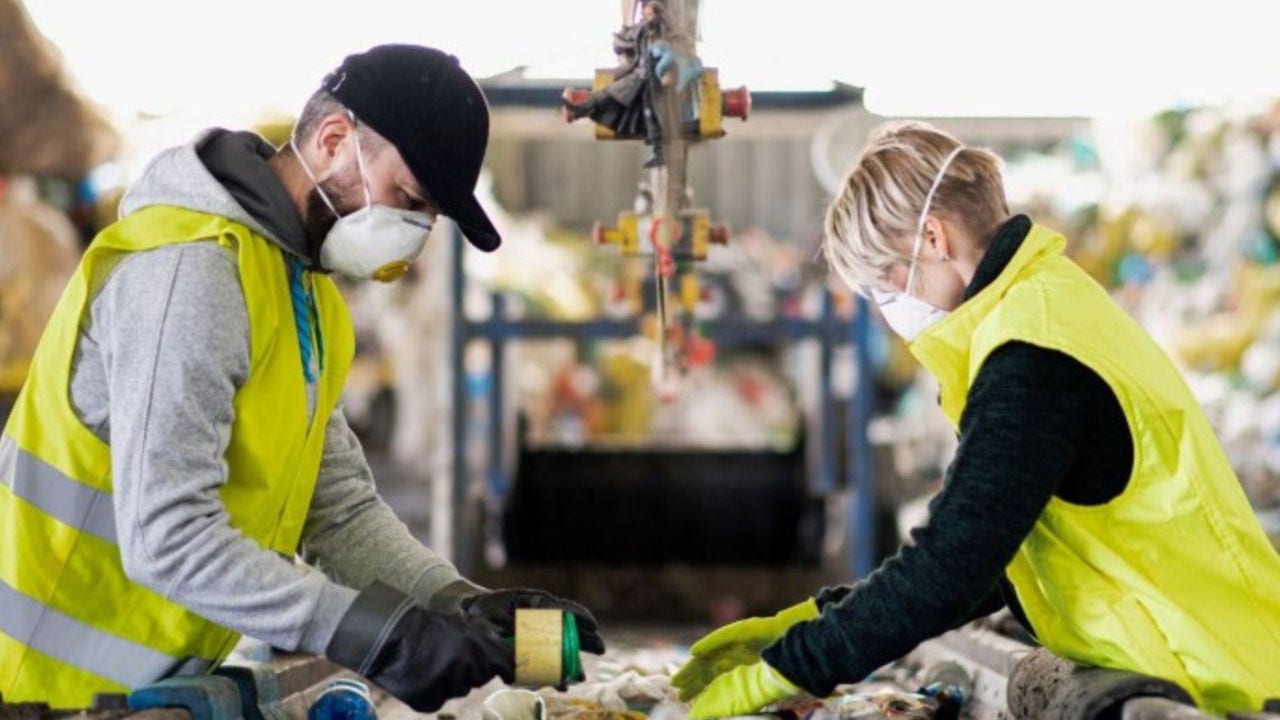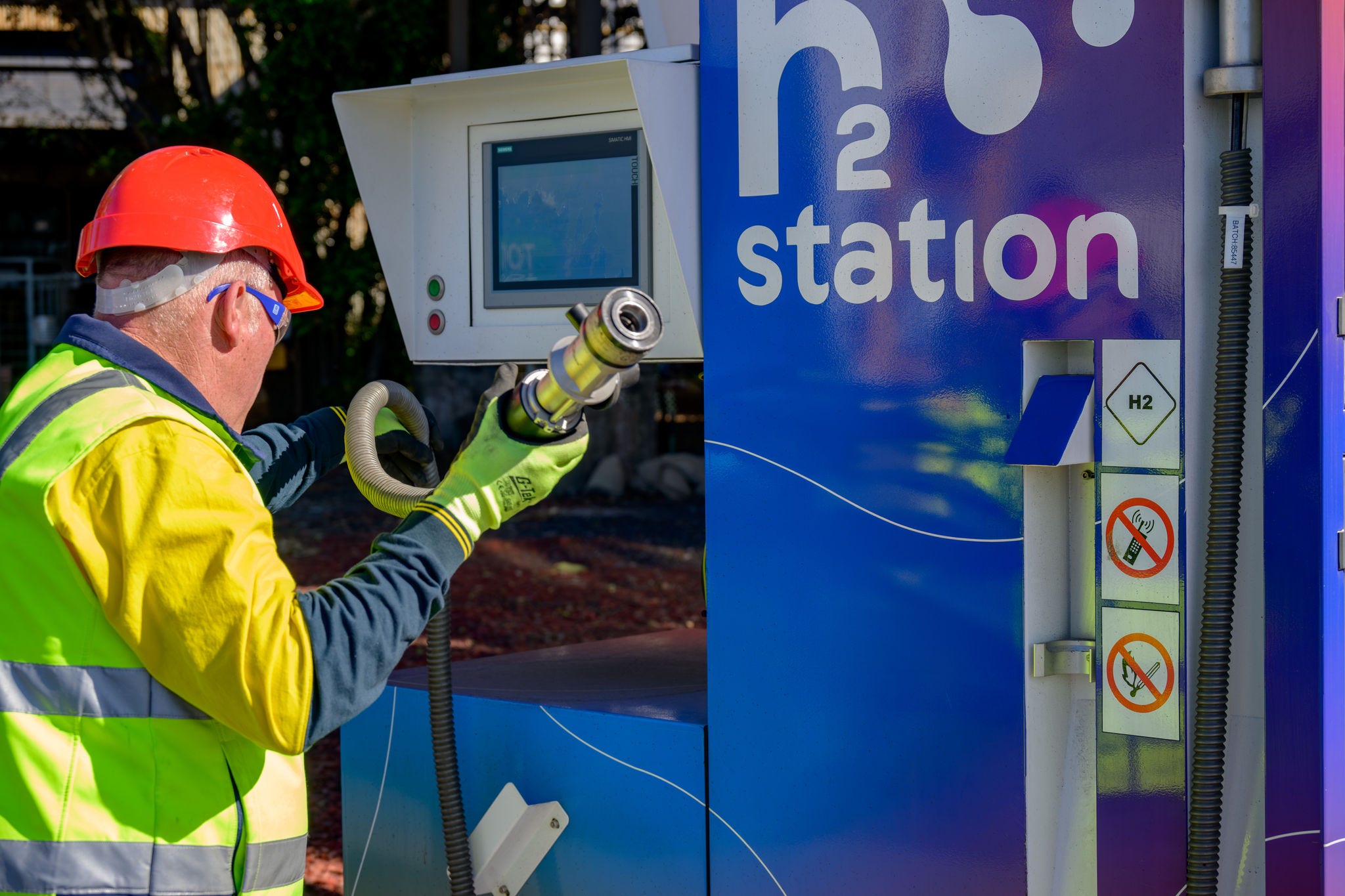Land Life started out providing technology to help restore the world’s 2 billion hectares of degraded land. Six years ago, it began working directly to deliver end-to-end integrated nature restoration projects. Its technology tackles challenges at all stages, from planning to planting and monitoring.
The Netherlands-based company now employs and partners with ecological and nature restoration experts to deliver high-integrity nature restoration projects on public and private land around the world.
In Australia, Land Life is working with partner Cassinia Environmental to deliver nature restoration projects in Victoria, funded by the Victorian Government’s A$77 million BushBank Program and Land Life. The BushBank program is restoring more than 20,000 hectares of land across Victoria to create wildlife habitat and capture carbon.
With its expertise and ability to attract international capital, Land Life expects to expand the area conserved by 3 or 4 times, says Land Life’s Australian Regional Director, Tim Ferraro.
Site-specific carbon modelling offers investors certainty
Land Life uses remote sensing, drone and modelling technology to select and plan sites for best results. Smart seed coatings, developed with partner Incotec, allow seeds to remain dormant in the ground until conditions are optimal for growing.
Land Life’s proprietary carbon modelling tool FastTrack offers certainty about the accuracy of carbon to be sequestered. It allows for more proactive climate risk management and informed decision-making. The model was developed with support from the University of Melbourne and Australia's national science agency CSIRO. It has been peer-reviewed and published for full transparency.
Land Life’s ongoing biomass monitoring validates what is growing on the site, and investors can see updated reports through a client-facing dashboard.
Australia offers a great regulatory, and natural, environment
The Dutch company came to invest in Australian land restoration projects because ‘Australia is a very easy place for us to do business and to deploy scarce international capital,’ says Ferraro.
‘Australia offers a stable democracy, a supportive regulatory environment, and a streamlined legal framework, making reforestation project management efficient,’ says Ferrero. ‘With a reliable supply chain and top-tier restoration project partners, Australia stands out as a prime location for nature-based solutions.’
Land Life builds its project pipeline through a mixed model of land purchase and working with landowners, engaging in the voluntary carbon market. This works well in Australia.
‘Australia's simple, low-barrier land access model and planting processes make getting a project off the ground extremely fast —an option not easily available in many other countries,’ says Ferrero.
Australian laws also allow sites to be protected permanently. This delivers greater benefits beyond carbon sequestration by protecting and boosting biodiversity outcomes of the projects.
 Land Life is working with Australian experts to restore 20,000 hectares of remnant vegetation in Victoria as part of the BushBank program.
Land Life is working with Australian experts to restore 20,000 hectares of remnant vegetation in Victoria as part of the BushBank program.
Nature-positive and community-based approach
Land Life aims for carbon optimisation, not carbon maximisation. This appeals to investors looking for biodiverse and nature-positive projects with a strong social licence.
Trees planted are selected to restore biodiversity and a functioning ecology, not purely for quick growth to sequester carbon. Typically, between 40–60 species are planted on a site. Projects also look for opportunities to create wildlife corridors and reconnect fragmented landscapes.
Site selection considers community needs such as protecting cultural heritage and preserving productive agriculture. Land Life and Cassinia engage First Nations groups on restoration projects, including with seed collection, tubestock supply and cultural burning practices. On a recent project, the Traditional Owners engaged in the restoration were walking on Country for the first time in around 150 years.
‘Our vision is that all Australian nature restoration projects will escalate opportunities and positive impacts for First Peoples,’ says Ferrero. ‘We’re not there yet, but it’s great to be heading in that direction.’
Austrade support in getting on the ground
Land Life feels strongly about having local experts on the ground to physically inspect and monitor sites. A local presence brings in-depth knowledge of local restoration management, helps build supplier relationships and enables engagement with communities.
‘We expect to grow our team significantly over the next 4–5 years to meet demand and ensure high-integrity outcomes,’ says Ferrero.
Austrade assisted in Australia and the Netherlands, including providing advice on establishing a business, introductions and networking opportunities.
As a foreign company investing in Australia, Land Life needs to navigate Australia’s foreign investment regulations. Austrade also provided guidance on engaging with Australia’s Foreign Investment Review Board.
Looking forward to a nature positive future
Land Life has grown 35% each year since it set up in Australia. It has become one of the largest providers of internationally certified carbon projects in the country after only 6 years. In the 2025–26 planting seasons, it aims to restore almost 6,000 hectares.
The company is raising capital to support more research and development and continuing to scale and invest, adds Ferraro.
‘We are optimistic about the future for nature-positive investment. It may take some time, but we should soon see methodologies no-one’s even thought of yet that can generate nature-positive income streams.’
Subscribe to the Investment Update newsletter
Find out about new investment opportunities, insights and investor success stories across Australia.


